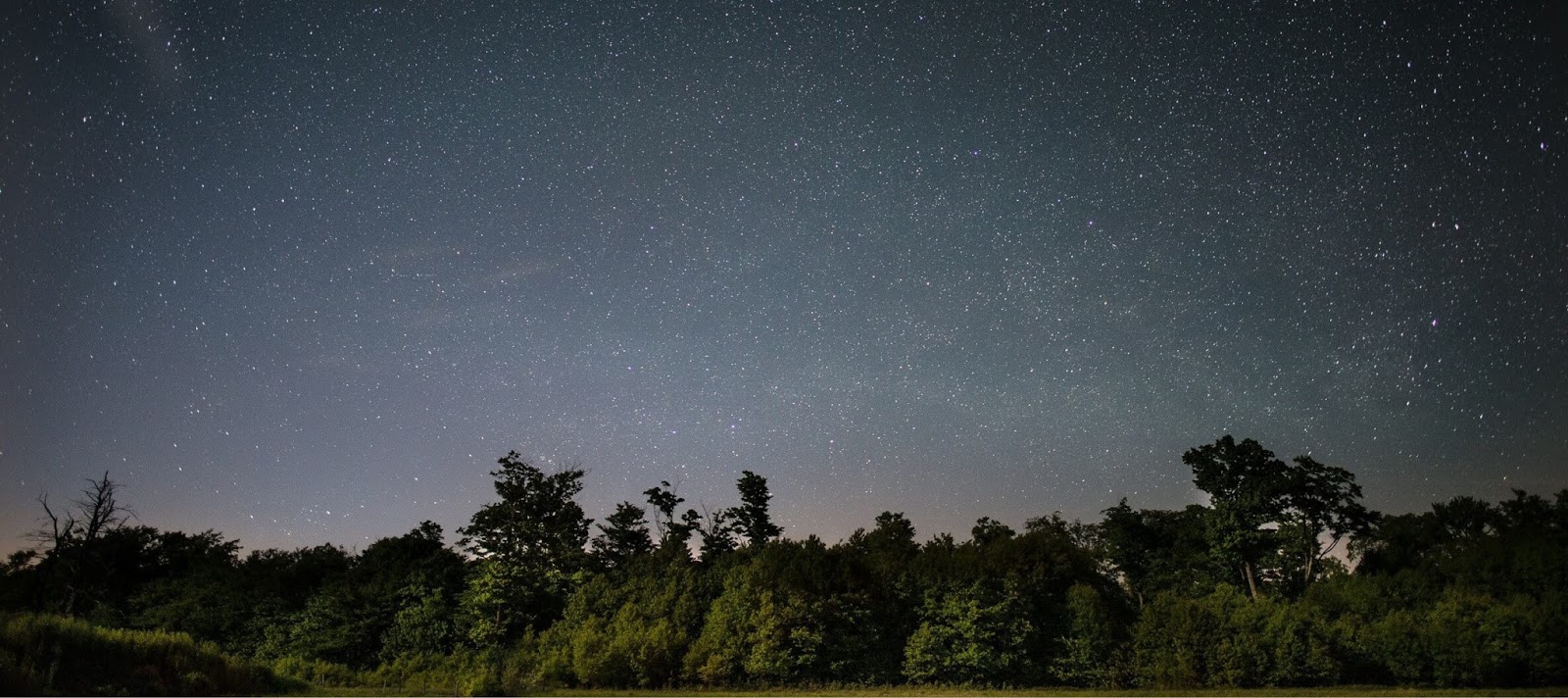by Charlotte Roach, Communications Intern
The Perseid meteor shower is one of the most spectacular annual events for amateur stargazers and serious astronomy enthusiasts alike. During its peak, tens of shooting stars blaze across the sky each hour, wowing skywatchers as they gaze up into the heavens. We are actually watching bits of comet debris burn up in the Earth’s atmosphere, but if you indulge your imagination, it looks like stars are falling to Earth. This astronomical event is truly awe-inspiring, and you would be remiss not to step outside and look up in the wee hours of August 9th, 10th, and/or 11th.
By definition, meteors are pieces of rock or dust that enter the Earth’s atmosphere and become incandescent as a result of friction. The Perseids are caused by Comet Swift-Tuttle, the largest object known to pass close to Earth repeatedly. In 1992, this comet passed close to Earth, leaving behind a trail of debris. As the Earth passes through this debris every year, bits of dust collide with our atmosphere and burn up in a brilliant flare of light.

Unfortunately, August’s moon cycle is not ideally calibrated for meteor viewing. The peak of the shower is August 12th, but the light of the nearly-full moon will render most meteors invisible to human eyes. So, NASA meteor expert Bill Cooke, via space.com, recommends having a viewing party on August 9th or 10th. There will still be plenty of meteors and relatively less moonlight to wash them out. He also recommends to drive to the darkest place you can find, away from any source of light pollution, and give your eyes 30 minutes to fully adjust.

Interested in watching the meteor shower but don’t have the time to drive halfway to Harrisburg? The Schuylkill Center for Environmental Education will be hosting Shooting Stars and S’mores on August 9th and 10th, and we would love for you to join us. The Schuylkill Center’s 340-acre property is free of sources of light pollution, making it the most ideal meteor shower viewing spot within Philadelphia city limits. Shooting Stars and S’mores will also feature an educational lecture from Renee Stein and Dave Walker of the Rittenhouse Astronomical Society and of course, delicious campfire treats. We look forward to seeing you!
Source for meteor facts: Lewin, Sarah. “Perseid Meteor Shower 2019: When, Where & How to See It.” Space.com. Future US, Inc. 8 January 2019. https://www.space.com/32868-perseid-meteor-shower-guide.html

